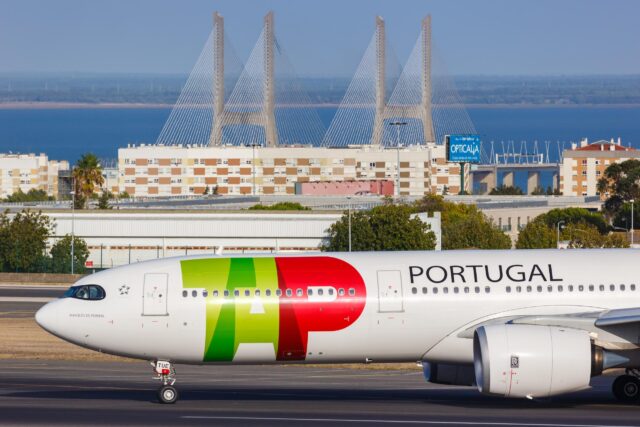MultiFunctional Fuselage Demonstrator unveiled in Hamburg

A first-of-its-kind aircraft fuselage demonstration segment, designed to explore the potential of thermoplastic composites, has been unveiled in Hamburg.
Developed as part of the European Clean Sky 2 research initiative, the flagship MultiFunctional Fuselage Demonstrator (MFFD) is a unique 8m long fuselage section designed to investigate the potential of thermoplastic materials. Moving away from traditional aluminium fuselage construction methods, it is hoped this world-first demonstrator will inform weight savings and more sustainable aerospace construction methods in the future.
11 members and core partners (from Germany, France, the Netherlands and Spain) are engaged in the MFFD initiative, including Airbus. Sébastian Dubois, head of programme development and communications at leading EU research and innovation programme Clean Aviation, described the rollout as a “great success with the participation of key stakeholders of the MFFD project”.
Not only has the demonstrator reduced equivalent fuselage weight by over one tonne, it could also boost current fuselage production rates from 60 to up to 100 units a month, he suggested. This is because fasteners are no longer needed or are integrated into the design. Drastic weight saving through adoption of through lighter materials, enhanced end-of-life recycling options, and reduced financial costs are also key highlights of the programme.
The MFFD (including its pre-installed systems and combined functions) have been manufactured “using innovative processes, including ‘future factory’ elements, employing thermoplastic composites and incorporating various design concepts,” explains Clean Aviation.
Helped by €68 million of funding from the European Commission, over 40 technologies have been developed so far in the project’s progression, leading to 11 patents. However, if the insights from the demonstrator programme are to be realised, “the maturation of thermoplastic technologies, work on manufacturing concepts, manufacturing trials and process optimisation, quality and tolerance management is key,” concludes Clean Aviation.
















